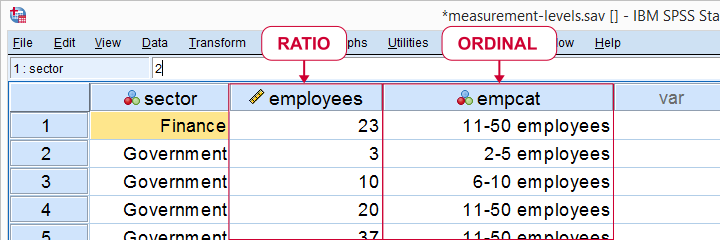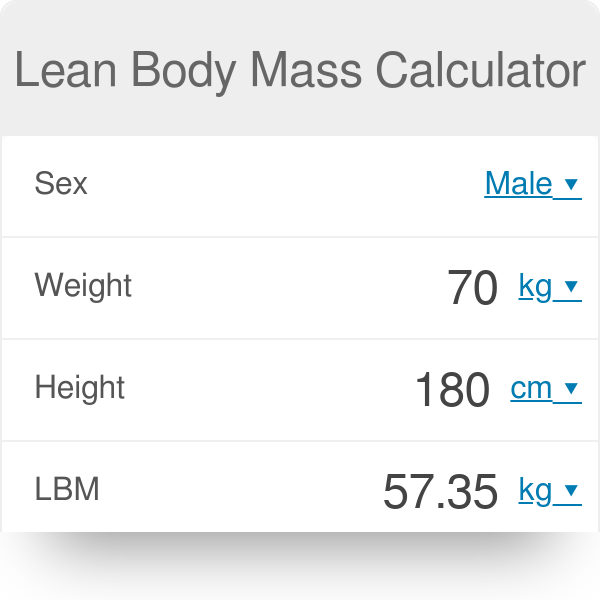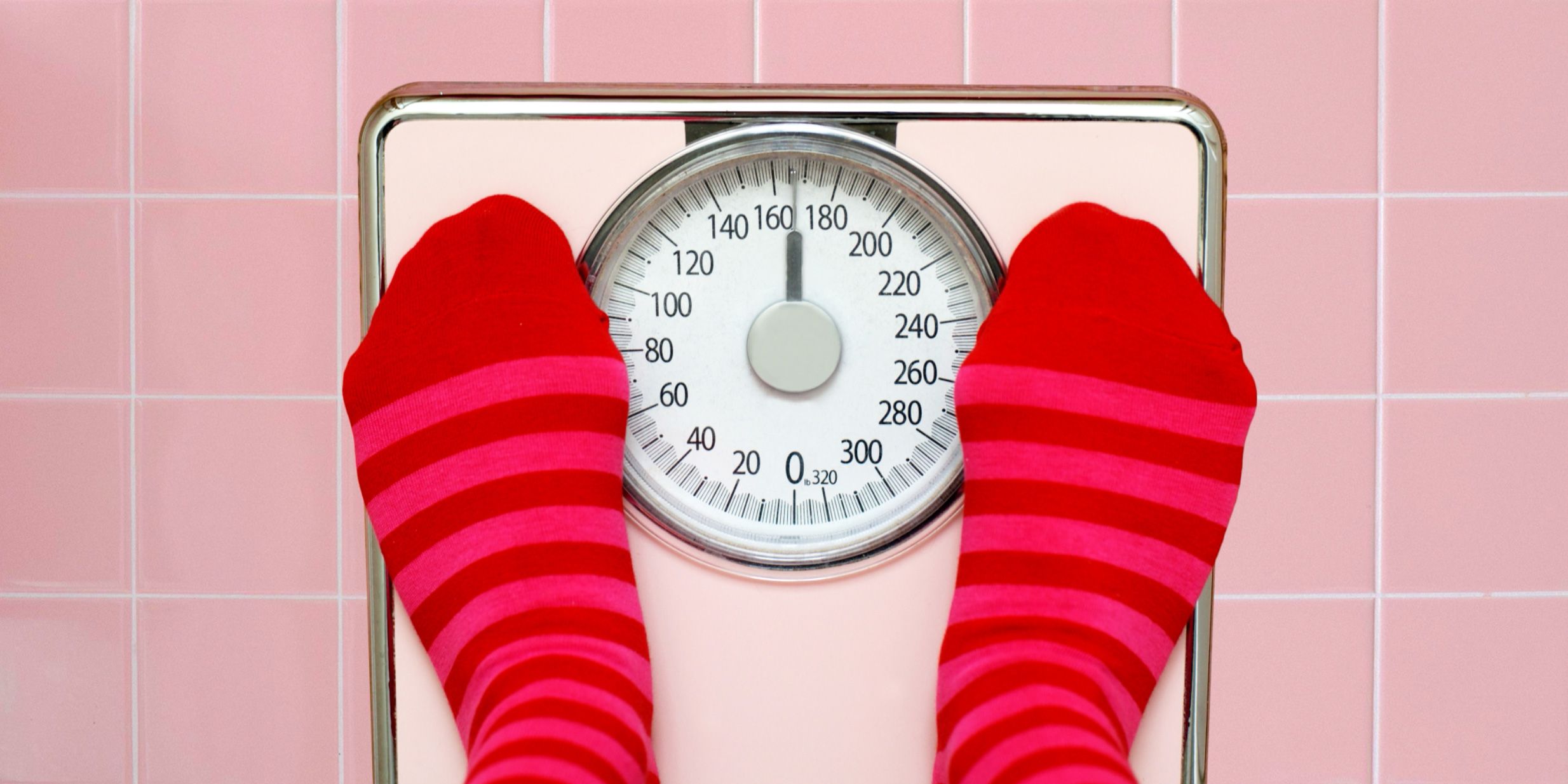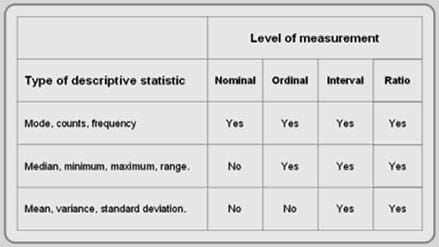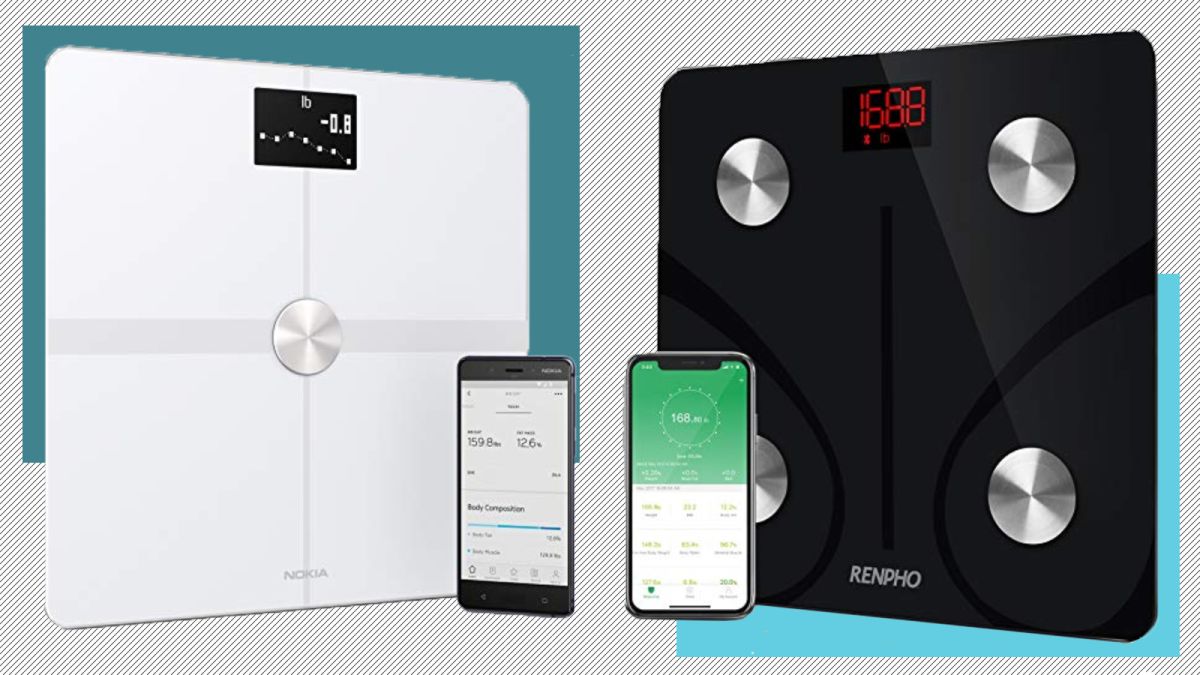Bmi can be used to screen for weight categories that may lead to health problems but it is not diagnostic of the body fatness or health of an individual. Body mass index bmi is a persons weight in kilograms divided by the square of height in meters.
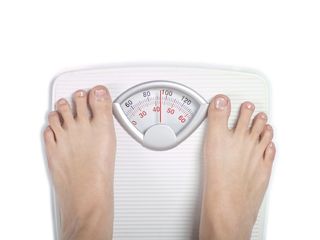
Understanding Weight Bmi Amp Body Fat Live Science
What level of measurement is body weight. You can also measure body fat percentage with a scale and tape measure. We can calculate ratios like these because the scale for weight in pounds starts at zero pounds. Its important to recognize that there is a hierarchy implied in the level of measurement idea. At each level up the hierarchy the current level includes all of the qualities of the one below it and adds something new. Can be measured in centimeters inches feet etc. Your body fat percentage is the percentage of your weight that comes from fat.
Due to the presence of a zero it now makes sense to compare the ratios of measurements. We can compare these values on a number line. A high bmi can be an indicator of high body fatness. The fourth and highest level of measurement is the ratio level. And cannot have a value below zero. A person who weights 150 pounds weights twice as much as a person who weighs only 75 pounds and half as much as a person who weighs 300 pounds.
2 pounds is less than 4 pounds you can take a mathematical average of these values ie. At lower levels of measurement assumptions tend to be less restrictive and data analyses tend to be less sensitive. The nominal level variables are organized into non numeric categories that cannot be ranked or compared quantitatively. Skin fold calipers are a common method of measuring body fat percentage but you may not have access to calipers. Can be used in computations. 3 types of data.
Most modern body composition laboratories today use the value of 11 kilograms per litre for the density of the fat free mass a theoretical tissue composed of 72 water density 0993 21 protein density 1340 and 7 mineral density 3000 by weight. Variables that can be measured on a ratio scale have the following properties. The level of measurement of a variable is nothing but the mathematical nature of a variable or how a variable is measured. Can be measured in kilograms pounds etc. And cannot have a value below zero. 2097 01069 x height in centimeters 02466 x weight in kilograms total body weight tbw in liters to get the percentage of water in your body assume 1 liter equals 1 kilogram and then.
An example of the ratio level of measurement is weight. Data at the ratio level possess all of the features of the interval level in addition to a zero value. Broadly there are 4 levels of measurement for the variables 1. Something we can measure with a tool or a scale or count. Quantitative numerical values representing counts or measures. These variables have a natural order.
Phrases such as four times and twice are meaningful at the ratio level.


/GettyImages-639710428-590507315f9b5810dcca6dcb.jpg)


